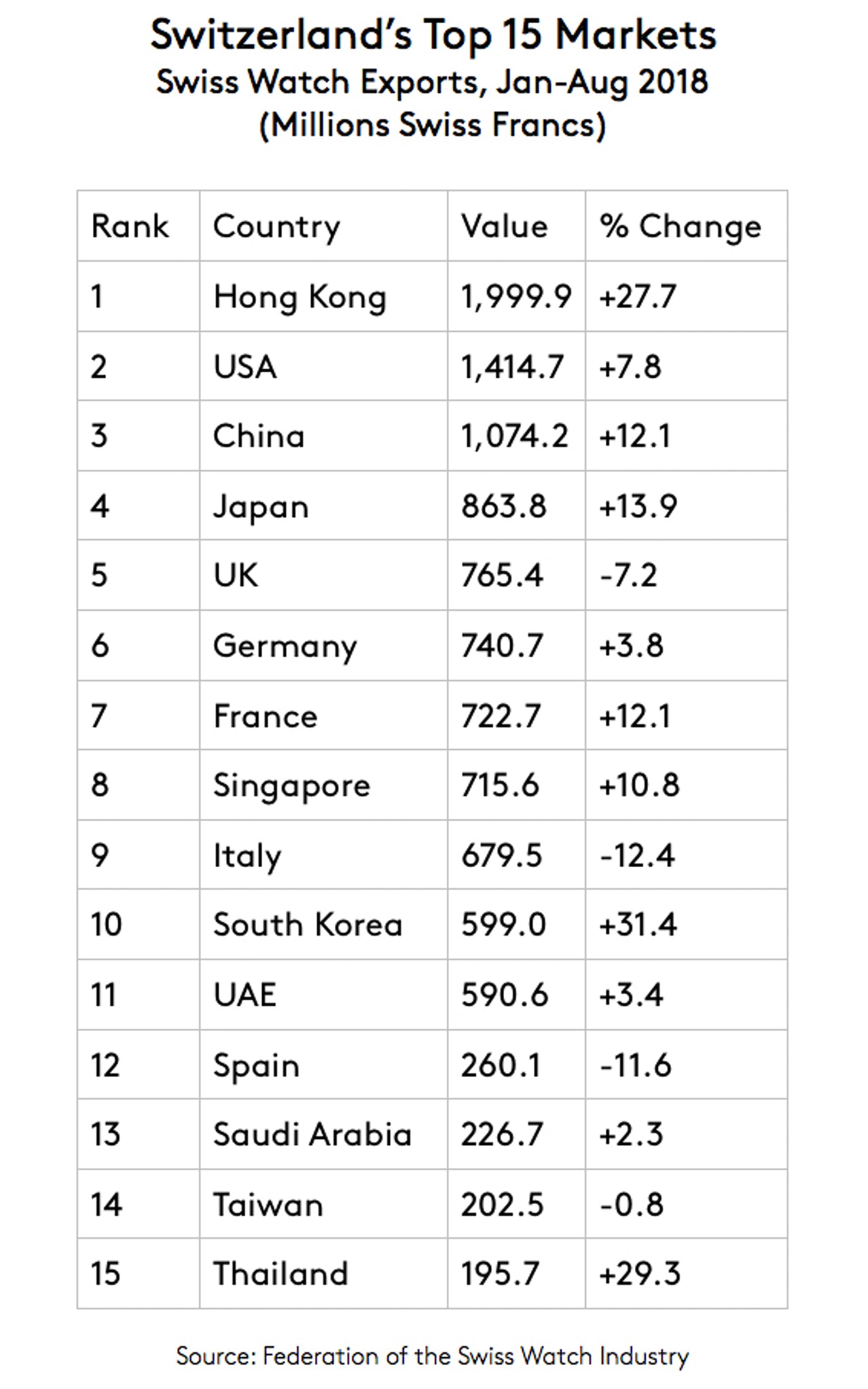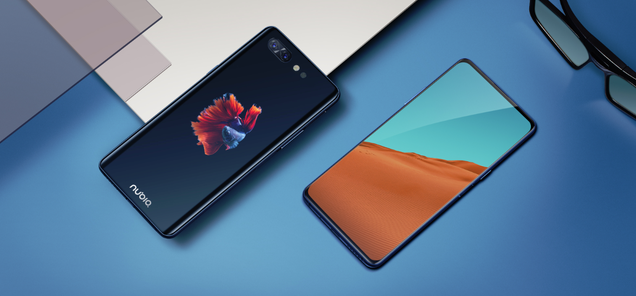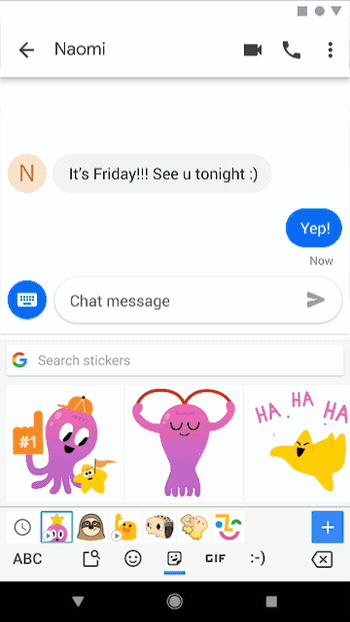CBS is today launching another streaming network, this time focused on entertainment news. The service, which is called ET Live, was developed by CBS Interactive and CBS TV’s “Entertainment Tonight” news magazine, and will be available both as a standalone app as well as a part of the CBS streaming app aimed at cord cutters, CBS All Access.
The new service will deliver 24/7 coverage of entertainment news, including breaking news, celebrity interviews, features, behind-the-scenes, red carpet coverage, plus trends stories across celebrity fashion, beauty and lifestyle.
The content isn’t just a rehash of the “Entertainment Tonight” on-air broadcast, the network claims. Instead, it will feature original programming and a roster of new hosts, including Lauren Zima, Denny Directo, Cassie DiLaura, Tanner Thomason, Jason Carter and Melicia Johnson.
The flagship show’s current hosts – Nancy O’Dell, Kevin Frazier, Nischelle Turner and Keltie Knight – will make regular appearances, however, to promote what’s up next and other exclusives.
At launch, the service is available on its own website at ETLive.com and through an ET Live app on iOS, Android, Apple TV, and Amazon Fire TV, with more platforms expected in the future.
It’s also being integrated into CBS All Access’s live feed across platforms, and as feed within CBSN, the network’s 24/7 streaming news service.
The new streaming network is the latest of several launches aimed at bringing more CBS content to a new generation of viewers who no longer tune in to traditional pay TV.
A few months ago, CBS debuted a portfolio of streaming services under the brand CBS Local. These help deliver local news to cord cutters and other digital media consumers, including its CBS All Access subscribers. It also operates news network CBSN, which it added to CBS All Access last year. And it launched streaming sports news service, CBS Sports HQ, earlier this year. This can now also be found in CBS All Access.
Like CBSN, CBS Sports HQ, and your local CBS News (where available), the new ET Live feed is available in the “Live” section of the CBS All Access app. Users can toggle between the various live streams with a tap, then can choose to watch live or jump back to watch previous segments on-demand.
ET’s brand made sense to be the next to transition to reach over-the-top viewers because of its existing reach, including on digital platforms. The TV show has nearly 5 million daily viewers, while the ETonline.com website averages 20 million monthly U.S. uniques, per comScore. Its social audience is even larger, with over 70 million U.S. users monthly, the network says.
“From CBS All Access to CBSN and CBS Sports HQ, we are dedicated to bringing consumers best-in-class streaming services,” said Rob Gelick, Executive Vice President and General Manager, CBS Entertainment Digital for CBS Interactive, in a statement about the launch.
“ET Live is a natural expansion of our strategy and expertise in this area. We have the great advantage of being able to apply key learnings from our leading digital entertainment properties and marry that with the #1 entertainment brand in ‘Entertainment Tonight’ to create a new offering for the next generation of entertainment consumers, those that are platform-agnostic and expect content to be accessible anytime, anywhere,” he said.
Source: TechCrunch http://j.mp/2qhLxTM
 As you might have noticed the Swiss watch industry is still standing. The major Swiss houses – LVMH, Richemont, and Swatch Group – are seeing a major uptick in sales, especially in the US. According to the
As you might have noticed the Swiss watch industry is still standing. The major Swiss houses – LVMH, Richemont, and Swatch Group – are seeing a major uptick in sales, especially in the US. According to the 



